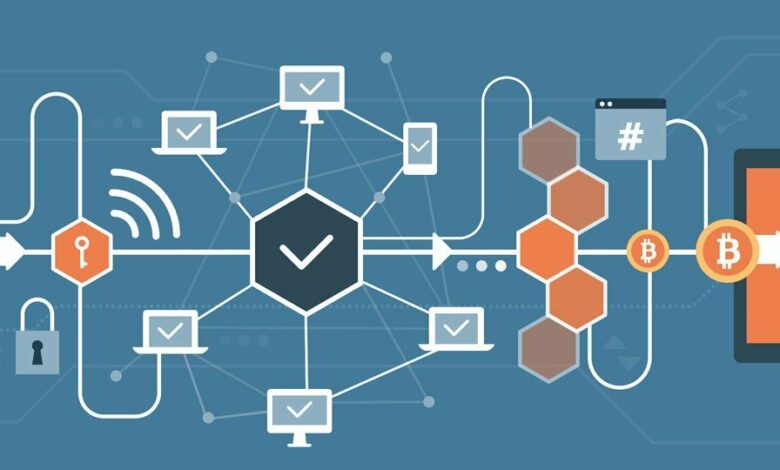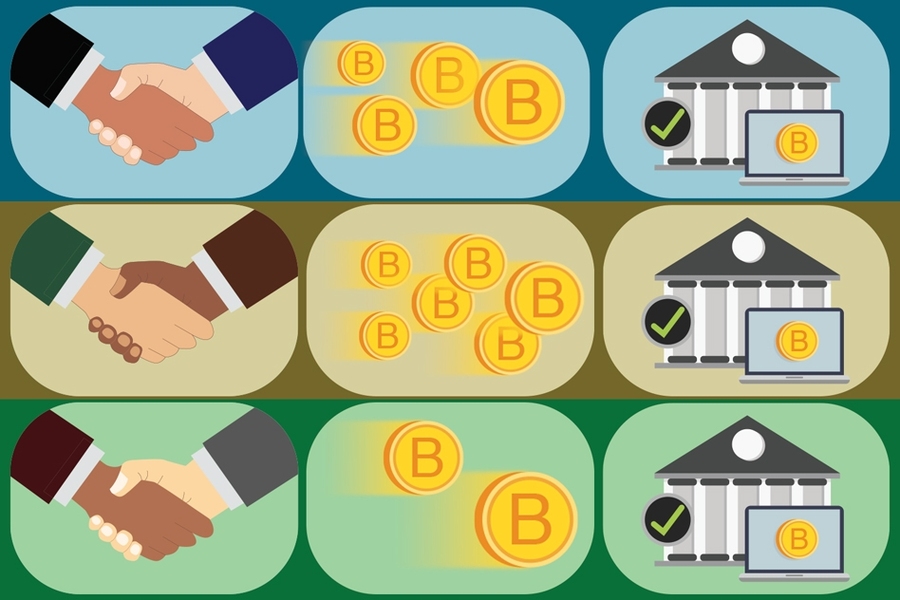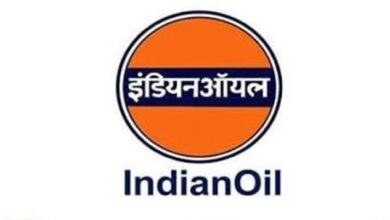
Bitcoin is the most successful digital currency ever to be existing, and the only reason behind this is the robust technologies. Bitcoin is a cryptocurrency with great technologies like blockchain and many more. Undeniably, there were ample digital currencies before this, but none of this digital currency did not acquire popularity to an exceeding extent. After bitcoin, there were many cryptocurrencies in the industry.
Satoshi Nakamoto, the inventor of bitcoin, invented it in 2008 and released the first-ever software of the bitcoin complex in 2009. In addition, Satoshi Nakamoto added some technologies present before, and he also implemented the core notion of some technologies for the first time.
Bitcoin is not merely a robust payment ecosystem but also a great source of making money. It trading and investment progression are very profitable, and people are making thousands of dollars by trading this currency in just a single day. Visit websites like Immediate Edge to learn more about trading. Let’s have a glance at the technologies which makes it more robust.
Understanding Bitcoin
Before understanding the technologies, you should know what it is. Bitcoin is a digital currency present in the form of software having some robust technologies. As a result, payments are exceedingly flexible and viable. However, it is not merely a payment method but also a virtual investment asset offering you an exceeding extent of return in just a nominal period.
It is the greatest valuable virtual asset, and the store value nears around $50000 at the instance. In a nutshell, bitcoin is a payment method or payment ecosystem that processes transactions without government authorities’ support. Here are some technologies which make this currency more superior.
Blockchain![Blockchain Explained: The Complete Guide [2018 Update - Part 2]](https://www.trentonsystems.com/hubfs/Blockchain%20Explained.png)
Blockchain is a public distributed ledger underlying distributed ledger technology. Ledger is a common term which we use for referring to a database storing numbers and digits. Blockchain does the same but in a much more systematic manner.
Blockchain is famous as the utmost structured public database ever to be existing. The current size of BC’s blockchain nears around 350 gigabytes, and the size of a single block in the blockchain is one megabyte; you can calculate the number of blocks present in the blockchain.+
Blockchain broadcasts information regarding every transaction. Blockchain stores this information in the form of a hashing function. Every block on the blockchain has two headers, foremost demonstrating information regarding bitcoin transactions and second demonstrating the cryptographic hash.
Blockchain is an immutable database which means one can alter or change the information present on the blockchain. Moreover, blockchain has fascinating features like transparency, robustness to hold the database, immutability, decentralization, and faster settlement alongside intelligent contracts.
Peer to peer network
A peer-to-peer network is one of the utmost elating features of Bitcoin as it helps achieve the decentralization aspects. Peer to peer network in terms of it allows sender and receiver to process transactions without the involvement of third parties.
The peer network has its own set of entities that regulate the complex. These computing entities are also popular as nodes, and there are more than 10000 computing entities present in the system.
You can also run your computer as a node in the peer-to-peer network of the currency but bear in mind that there are no monetary rewards for such progression. Instead, every peer-to-peer network node has a copy of the blockchain that sustains the blockchain’s immutability.
Bitcoin Mining
Bitcoin mining is the act of creating new units and adding these units to circulation. However, mining is not merely adding new units to circulation but also increasing the complex’s security.
Bitcoin miners have to verify a set of transactions to avail the block reward. To verify these transactions, bitcoin miners have to solve math puzzles under 10 minutes before another miner. After verifying the transactions, miners have to broadcast the transactions on the blockchain in blocks. In a nutshell, bitcoin mining verifies transactions and continues the supply of units without the involvement of third parties and other government authorities.
These are some of the robust technologies which make this cyrptocurrency more superior.




